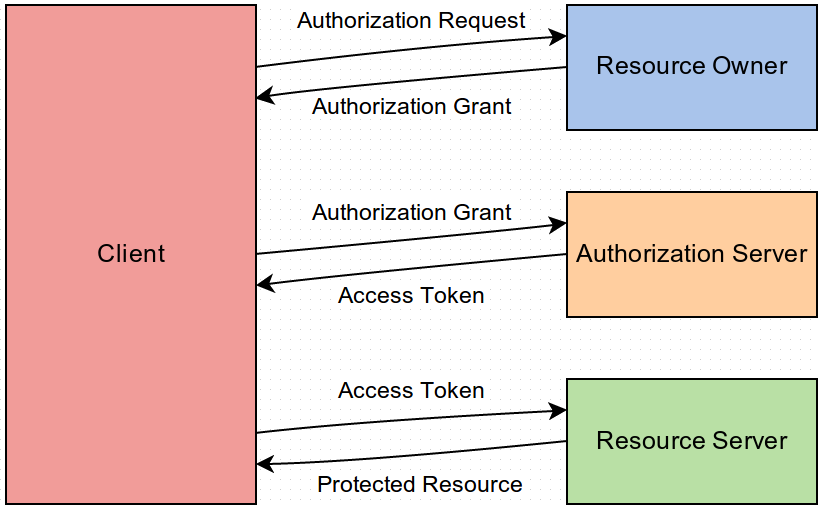OAuth is an open standard/protocol for authorization, a simple way to publish and interact with protected data. It's also a safer and more secure way for people to give you access.
OAuth also enables Resource Owners (end users) to authorize limited third-party access to their server resources without sharing their credentials.
Recap
OAuth allows notifying a resource provider (e.g. Facebook) that the resource owner (e.g. you) grants permission to a third-party (e.g. a Facebook Application) access to their information (e.g. the list of your friends).
- Users had to provide email or username and password for each site during the initial creation of a profile.
- Users would often forget their passwords during the login process since they had created multiple profiles at different sites.
- Users would often create fake profiles that would provide inaccurate tracking data to media sites.
Simple example of oAuth
oAuth for our built application
Three-legged oAuth Model
OAuth allows:
- Users get to make explicit decisions about what information they share, and with who
- Resource Servers can integrate with third parties without exposing Resource Owner credentials.


